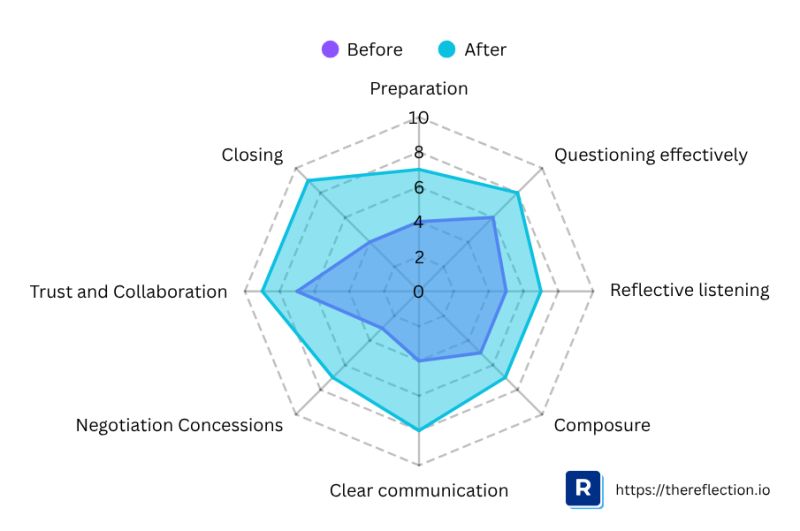The Data Speaks for Itself
According to recent Gallup research:
• 41% of employees say they don’t learn because they don’t have time.
• 37% of managers can’t support their teams’ development — they’re buried in their own workload.
• 89% of HR leaders call “lack of time” the #1 barrier to learning.
The problem isn’t motivation. It’s overload.
Back-to-back meetings. Performance metrics. Deadlines. Personal obligations.
And then, on top of that, another course to complete? Another LMS module? Another video to watch after hours? For most employees, it’s just not realistic.

Learning Can’t Compete. It Has to Integrate.
If learning doesn’t fit into the rhythm of work, it simply won’t happen. The solution is not more content. It’s a new approach.
Here’s what companies can reimagine:
1. Teach in the moment, not at checkpoints.
Coaching at the point of decision. Five minutes of practice embedded directly in the workflow.
2. Make learning immediately useful.
Training should feel like problem-solving: “This helps me right now,” not “Maybe I’ll need this someday.”
3. Change the language.
Stop framing development as a “nice to have.” It’s a survival tool. Want to grow? Keep learning. Want to retain your team? Give them space to learn.
4. Use AI to free up time.
Not just automation, but genuine time liberation — so managers can focus on strategy, coaching, and reflection.
5. Create experiences, not courses.
Real growth comes through complex challenges with support, not through passive consumption of content.

The New Learning Imperative
Employees don’t need more modules. They need space, feedback, and relevance.
And with the right tools — especially AI-powered practice and feedback — companies can finally embed learning where it belongs: inside the flow of work.







